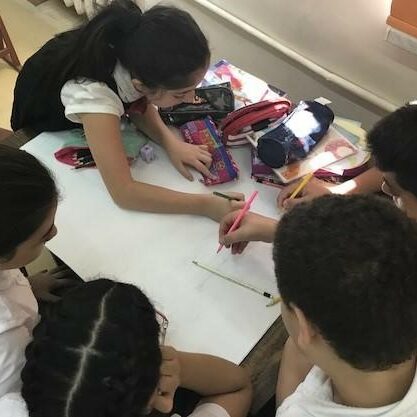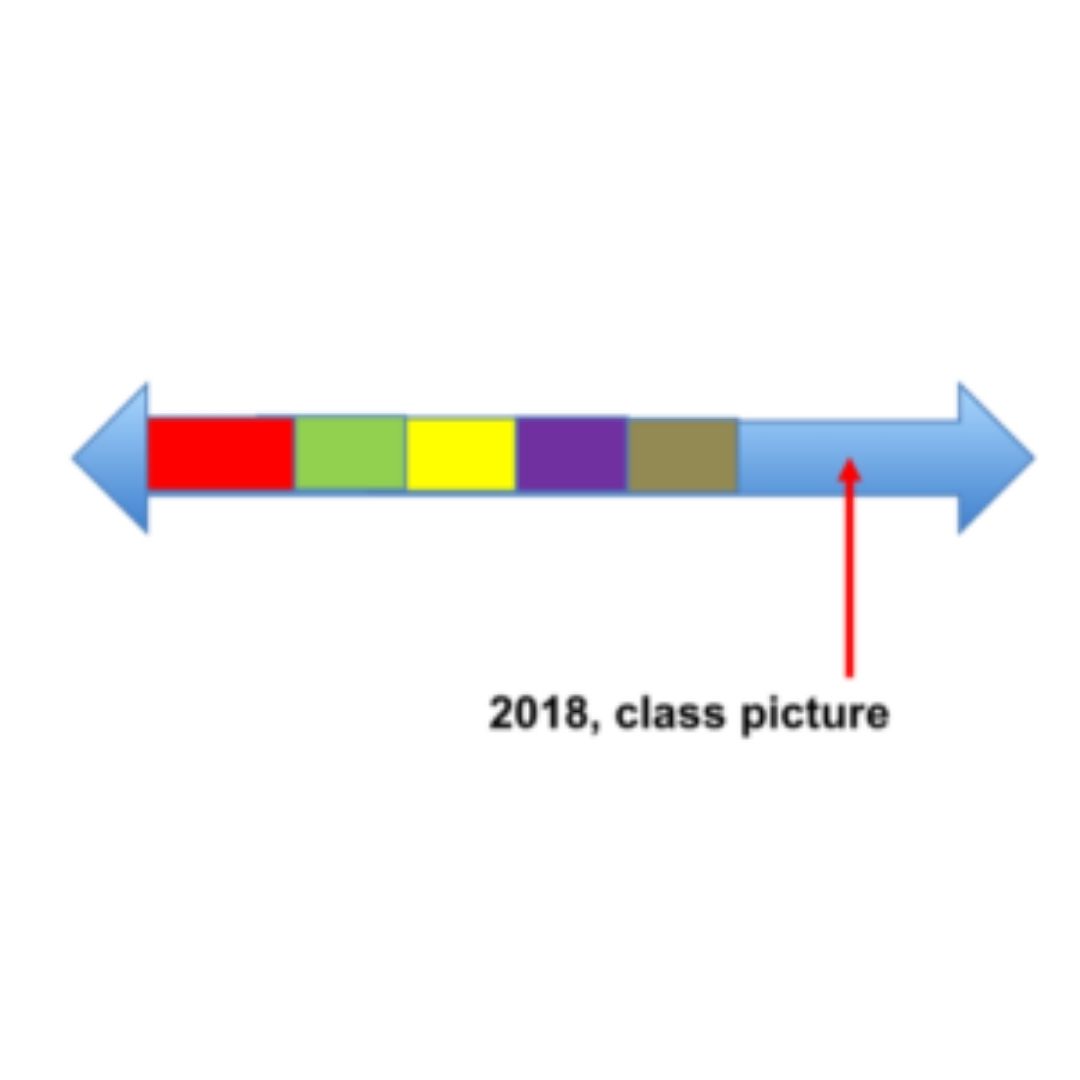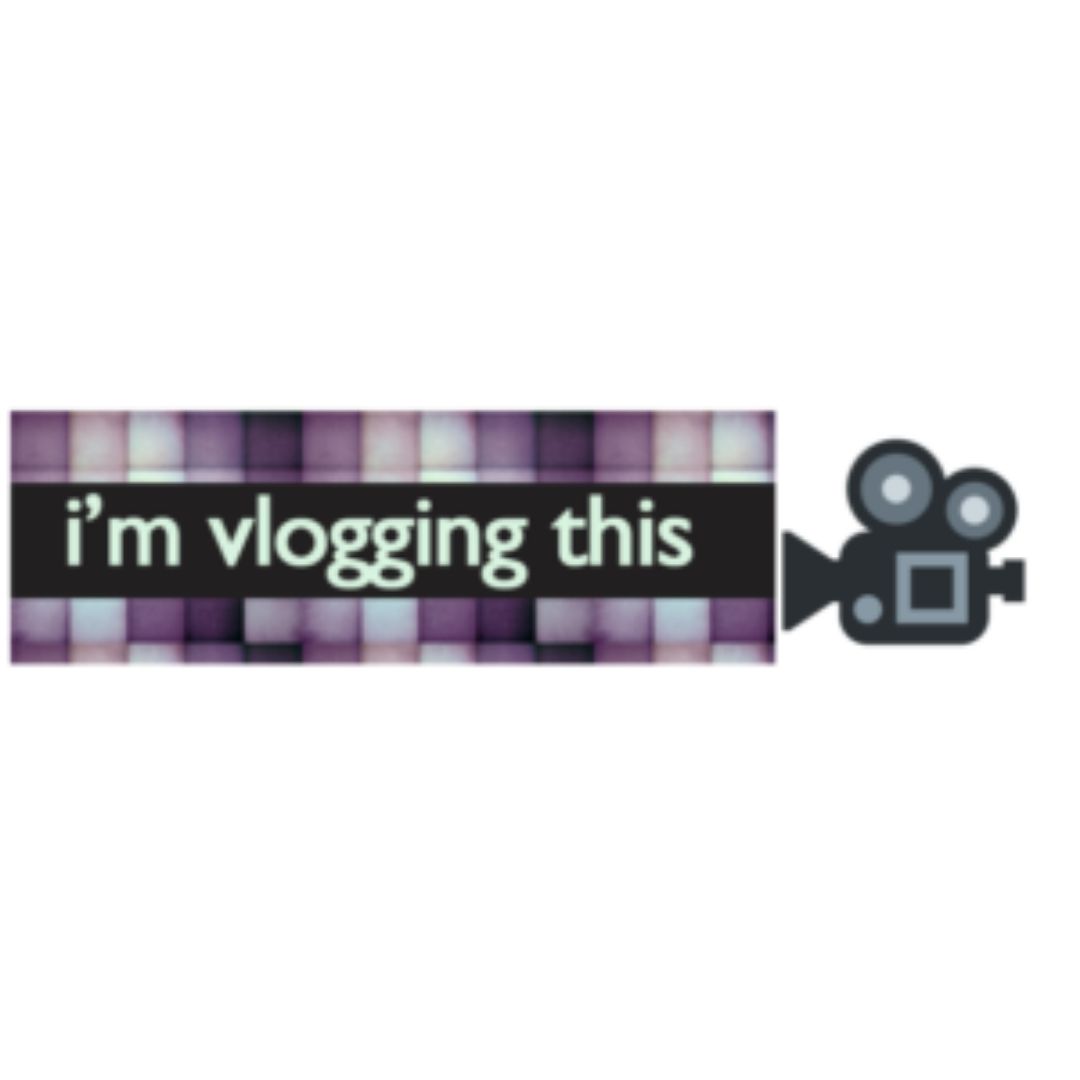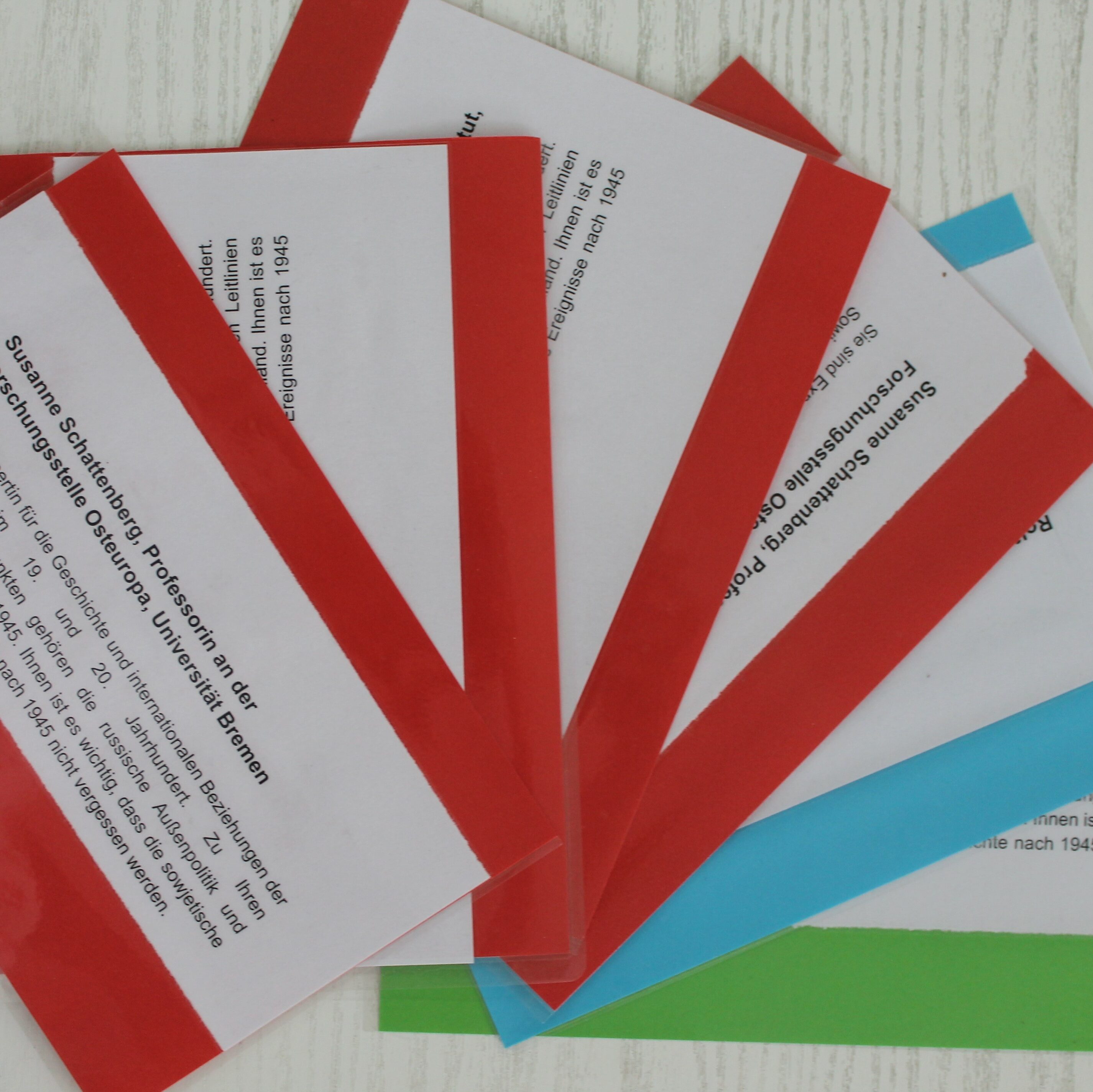This Guide was developed by a team of scholars and practitioners coming from different disciplinary backgrounds, who combined their disciplines (history teaching, psychology, conflict studies, etc.). It aims to offer some practical tools: models, strategies and guidance for teachers who face certain challenges when opening the discussion about difficult aspects of the troubled past and its current uses. In short, this Guide is for “risk-takers” who want to teach about the roots of these controversies, but would still like to mitigate negative reactions within the classroom. The Guide contains a Glossary of the most important concepts and words used, and a Further Reading list. The models, strategies, and guidance in this guide can serve as resources for teachers facilitating lessons about difficult aspects of the recent past, but they can also be used in pre-service and in-service teacher training.





